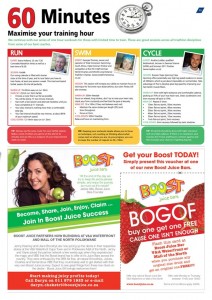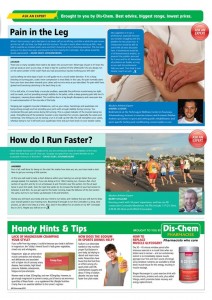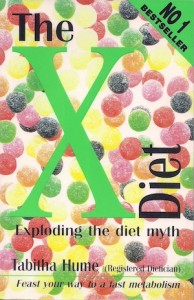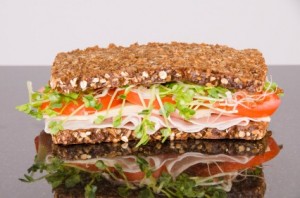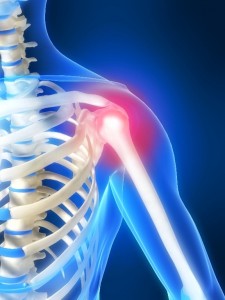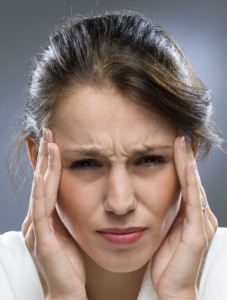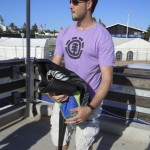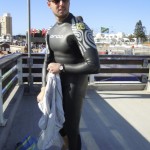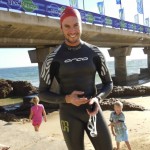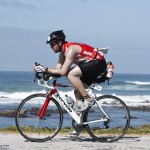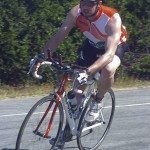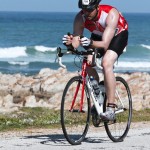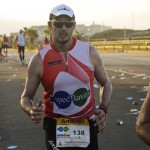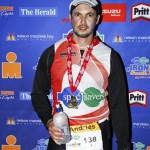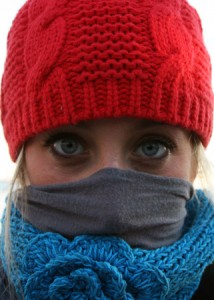5 Tests That Could Save Your Life
Posted on September 9th, 2011 by Andries Lodder
Outlive the double dip recession by spending your medical aid money where it counts
by Justin Park
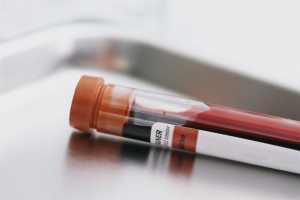
There are health tests we need, and those we don’t. Pelvic ultrasound? Sounds ultra suspicious. Occult blood test? Only if it comes with an exorcism. Urinalysis? Great, now I’ll be kicked off the tour…
Cardiac CT Angiography
These colourful 3D images allow radiologists to calculate one of your most important heart numbers: your coronary artery calcium score, a measure of how much plaque is piling up in your arteries. A 2007 study of over 10 000 people published in the journal Atherosclerosis reported that calcium scores alone can predict heart attacks, while a 2003 study found that a high calcium score is associated with a tenfold increase in heart-disease risk. This is compared with a less-than-twofold increase in risk from traditional risk factors such as diabetes and smoking. The test has one significant downside: the radiation exposure from your average cardiac CT is equal to 600 chest X-rays, according to a study in the Journal of the American Medical Association. This produces a one-in-5 000 risk of cancer, another study reveals.
Who needs it
Men with some of the risk factors for heart disease whose physicians may be on the fence about starting treatment. “In these medium-risk cases, cardiac CT scans and calcium scoring can provide the extra level of information that we feel we need,” says Dr Gerald Fletcher, a professor of cardiology at the Mayo Clinic. The lower the calcium score, the lower the risk. If you reach 112, your physician might recommend statins.
Cost
Approximately R8 500. This is an expensive one so make sure you have a letter of motivation from your doctor and get your medical aid to agree to it before you have it done. Most medical aids will reimburse you if you’ve previously had an abnormal stress test or chest pain.
Bone density scan
Think osteoporosis affects only old ladies? Fact is, men begin losing bone mass at age 30. That’s why it’s important to assess the state of your skeleton now with a dual energy X-ray absorptiometry (DXA) scan, which uses low-radiation X-rays to measure bone mineral density (it can also measure body fat percentage). “DXA scans allow us to identify people at high risk for fracture so they can start treatment to strengthen their bones before a fracture occurs,” says Dr Lisa Mickelsfield, senior researcher at the UCT/MRC Research Unit for Exercise Science and Sports Medicine. Your doctor might suggest adding weight-bearing exercise and strengthening workouts to your exercise programme, and supplementing your daily diet with up to 1000mg of calcium and up to 400 IU of vitamin D.
Who needs it
Anyone with any osteoporosis risk factors: inactivity, smoking, a family history of the disease.
Cost
Approximately R1 000. You will need to be referred to the radiologist by your doctor. To increase the odds of your medical aid covering the scan, make sure your doctor notes any risk factors.
VO2 max test
With the VO2 max test, you hop on a treadmill or stationary bike and give your maximum effort while wearing a mask that captures your every breath. By analysing the amount of oxygen you consume, the test determines how efficiently your body extracts and uses oxygen from the air. This makes it the gold standard of fitness markers, as well as a strong indicator of your overall health. “Blood pressure and cholesterol are used as predictors of potential disease, whereas fitness is a predictor of health. VO2 max tests are done to attain a valuable physiological marker for your current state of fitness. Utilising the information from the VO2 max test you can identify the most appropriate training intensity and type of training for you specifically,” says Johannesburg-based biokineticist Andries Lodder.
Who needs it
Anyone who wants their blood to pump. If your score is under 18ml/kg/min, talk to your doctor about increasing the intensity of your workouts.
Cost
From R1 000 to R1 400. The test is available at physical therapy, rehab or cardiopulmonary centres. Insurance providers won’t cover it.
Virtual colonoscopy
By definition, something “virtual” usually can’t compare to the real thing. But with a virtual colonoscopy, you avoid the two downsides of a traditional colonoscopy – sedation and the risk of a perforated colon–while still benefitting from the one big upside: test results you can stake your life on. “Virtual colonoscopies have the same sensitivity for detecting large polyps, which are the precursor lesions of colon cancer,” says Morningside-based radiologist Dr Ralph Posner. Though the CT scanning technology of a virtual colonoscopy can miss some smaller polyps, a University of Wisconsin study found that these are usually benign anyway. And don’t sweat the radiation; you’ll receive up to eight millisieverts, an amount that isn’t considered dangerous. Look around for the new upgraded machines that deliver an even lower dose of radiation (five millisieverts), says Posner.
Who needs it
People aged 50 and older, especially those on blood thinners, because an “oops” with a regular scope could cause dangerous internal bleeding. The exception: if your family has a history of colon cancer, you should be screened at least 10 years before the age your relative was when he or she was first diagnosed, Posner says. People who are overweight or inactive, drink or smoke heavily, or have an inflammatory bowel disease should also consider early screening.Cost
Up to R4 000. Many medical aid plans now recognise the effectiveness of virtual colonoscopies and increasingly cover them.Nutritional evaluation
While it’s not a test per se, putting your diet under the microscope could result in a leaner body and longer life. “The benefits of meeting with a dietician are accountability, moral support and troubleshooting if your progress stalls,” says registered dietician and Men’s Health’s expert Megan Pentz-Kluyts. In a 2008 Kaiser Permanente study, diabetic patients who received nutritional counselling were nearly twice as likely to lose weight as those who had no guidance. To find a registered dietician who can see beyond the food pyramid, Pentz-Kluyts recommends going to the Association for Dietetics in South Africa’s website (www.adsa.org.za) and clicking on “Find a dietician in your area”. Then call the RD and ask how he or she stays up to date on the latest research, which should include reading journals such as the South African Journal of Clinical Nutrition.
Who needs it
Anyone who should lose weight or simply wants to know how they can eat to beat disease.
Cost
R350 to R500, depending on the length of your session. Your medical aid may reimburse you if you have a condition that can be improved with diet changes. Ask your doctor for a referral.
http://www.mh.co.za/health/top-10-health-issues/must-have-medical-tests

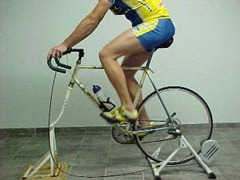
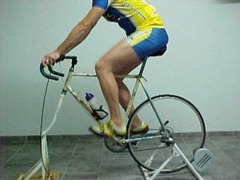
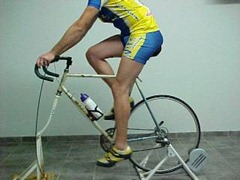
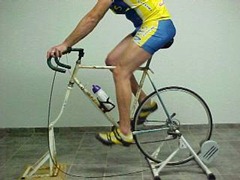
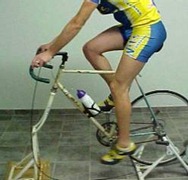
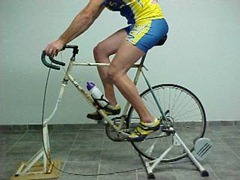
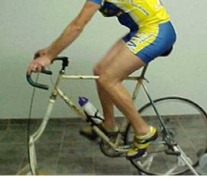
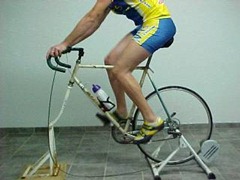
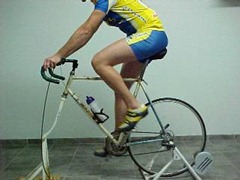
![clip_image002[5]](https://www.bio4me.co.za/images/stories/clip_image0025_thumb.jpg)
![clip_image004[5]](https://www.bio4me.co.za/images/stories/clip_image0045_thumb.jpg)
![clip_image006[5]](https://www.bio4me.co.za/images/stories/clip_image0065_thumb.jpg)
![clip_image002[7]](https://www.bio4me.co.za/images/stories/clip_image0027_thumb.jpg)
![clip_image004[7]](https://www.bio4me.co.za/images/stories/clip_image0047_thumb.jpg)
![clip_image006[7]](https://www.bio4me.co.za/images/stories/clip_image0067_thumb.jpg)
![clip_image002[9]](https://www.bio4me.co.za/images/stories/clip_image0029_thumb.jpg)
![clip_image004[9]](https://www.bio4me.co.za/images/stories/clip_image0049_thumb.jpg)
![clip_image006[9]](https://www.bio4me.co.za/images/stories/clip_image0069_thumb.jpg)
![clip_image008[5]](https://www.bio4me.co.za/images/stories/clip_image0085_thumb.jpg)
